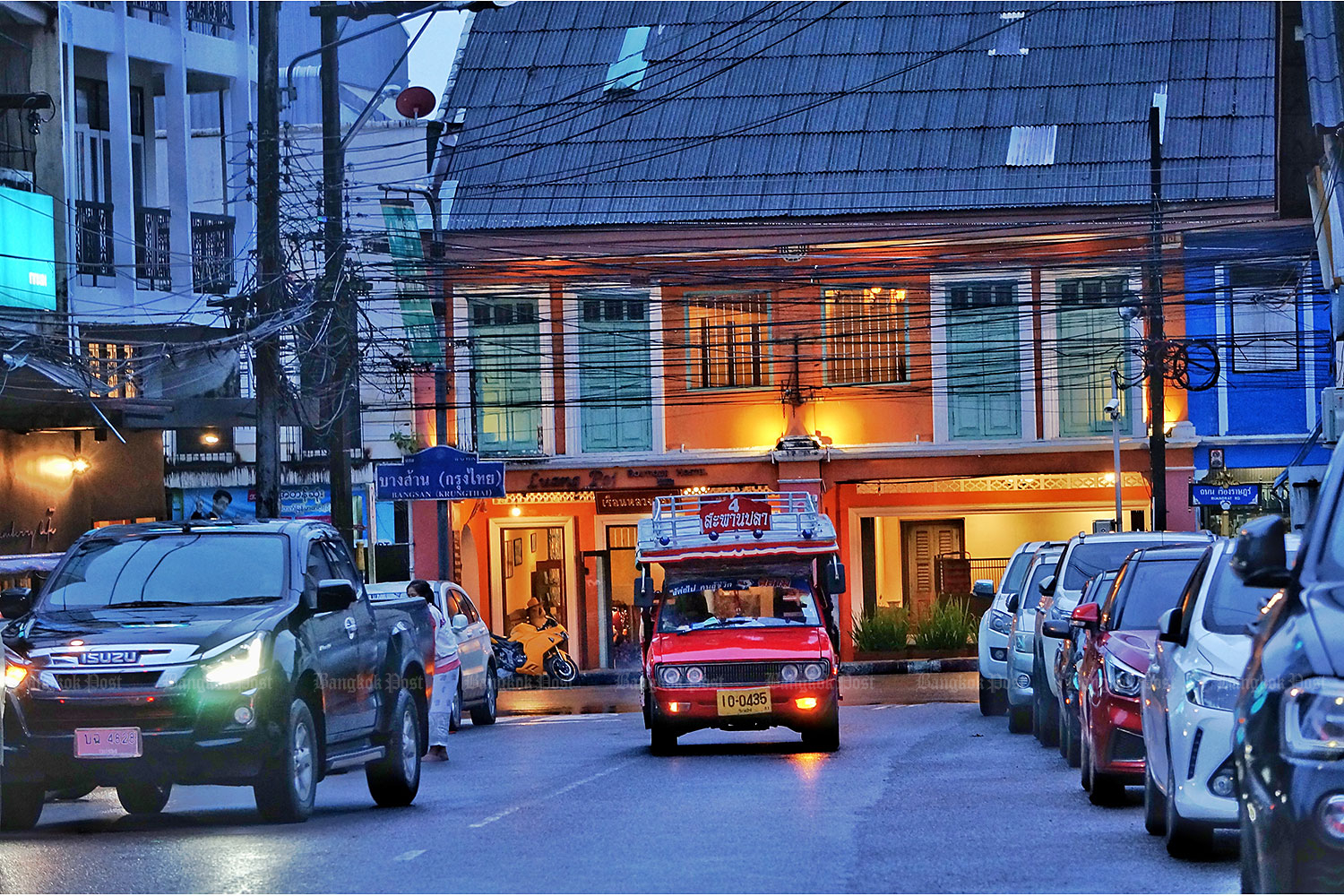It was pouring like crazy. I was lucky to find refuge in a noodle shop before getting soaked. It had rained twice since the morning. So far, including the days when I was on Koh Phayam, I never got a chance to shoot -- or even see -- a clear blue sky.
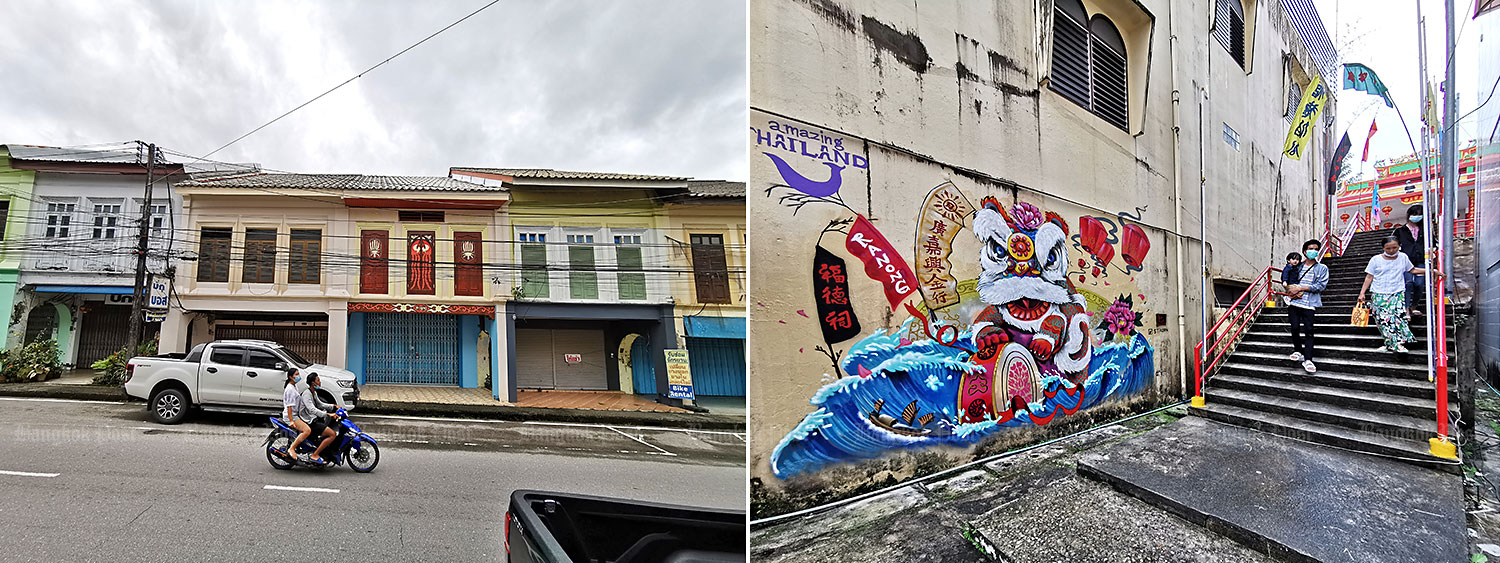

The city of Ranong, especially on Rueang Rat and nearby roads, is blessed with old architecture, some of which still houses family businesses that have been passed down through generations. The old town area is not too large to explore on foot. Doing so, you have the freedom to check out any place that interests you, from shops and markets on the main streets to hidden gems in alleyways. From Rueang Rat road, if you walk eastwards along the road that goes up the hill called Khao Niwet, you’ll find the elegantly reconstructed Rattana Rangsan Palace which serves as a public park and a museum where you can learn about the city’s history and the royal visit of King Rama V to Ranong in 1890. The original structures were built by the Ranong governor to accommodate the beloved monarch during his three-night stay in the southern town. However, due to its immense size, the king said it should be called a palace rather than a pavilion.

The Andaman Sea is crucial to Ranong’s economy which relies largely on fishery and cross-border trade with Myanmar, and increasingly on tourism. Islands like Koh Phayam, Koh Chang and the Koh Kam archipelago, which is part of a marine national park, are on the bucket lists of many travellers with adventurous minds. Before the pandemic, Ranong also served as a convenient gateway to Myanmar’s islands in this part of the Andaman. This year the monsoon season seems to linger on longer than usual. However, by mid-November the sea and the sky should be clear and bright.
"This is the real Ranong," said a guy at the next table, a local I guess. "You're not in Ranong if you don't see rain."
I told him a friend of mine who picked me up from the airport the other day said exactly the same thing. And we both burst out laughing. For a moment, I couldn't hear the sound of the falling rain.
Despite Ranong's reputation as a province with fon paed daed si (eight rainy months and four sunny months), I decided to book my flight to the province in mid-October, which was near the end of Ranong's wet period, hoping that there wouldn't be so much rain. I've been to the province many times because Koh Kam of Laem Son National Park 54km south of Ranong downtown used to be one of my favourite hideaways before the 2004 tsunami struck. I thought I knew the weather here.
Also, I needed to take a risk and made my visit a little early because I had planned to have this piece published in November when the weather is supposed to be more welcoming to tourists. Unfortunately, this year a tropical storm hit Thailand on the same days I was in Ranong.
Personally, unless I was travelling off-road in the middle of nowhere I don't mind heavy rain. It's refreshing and I love it. But what troubled me was the fact that of all the pictures I had taken the past few days, there was none interesting enough to use as the lead picture on the front page. I was thinking about taking a songthaew to the city's famous hot springs but was told they were closed. The photo would look cliché anyway.
By the time I finished my noodle soup, my light dinner, the rain was dying down. The sky began to darken and lights on the vintage shophouses on the opposite side of the road were turned on one after another. I had an idea.
I quickly paid for my noodles and walked to a nearby three-way road junction. After 20 minutes of waiting and shooting in low light, I finally got the lead picture I was looking for, one that, at least in my opinion, effectively depicts the real Ranong.
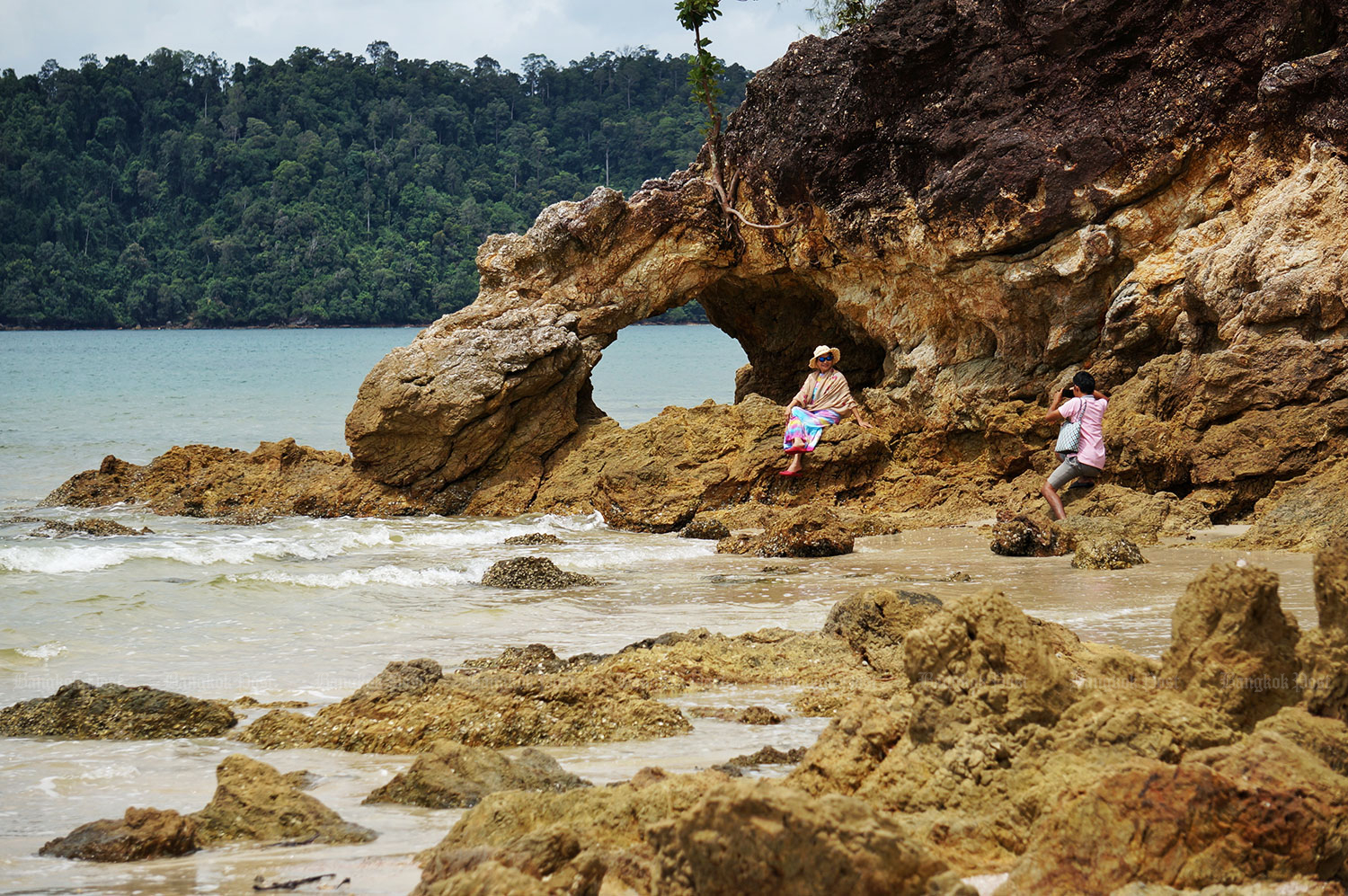
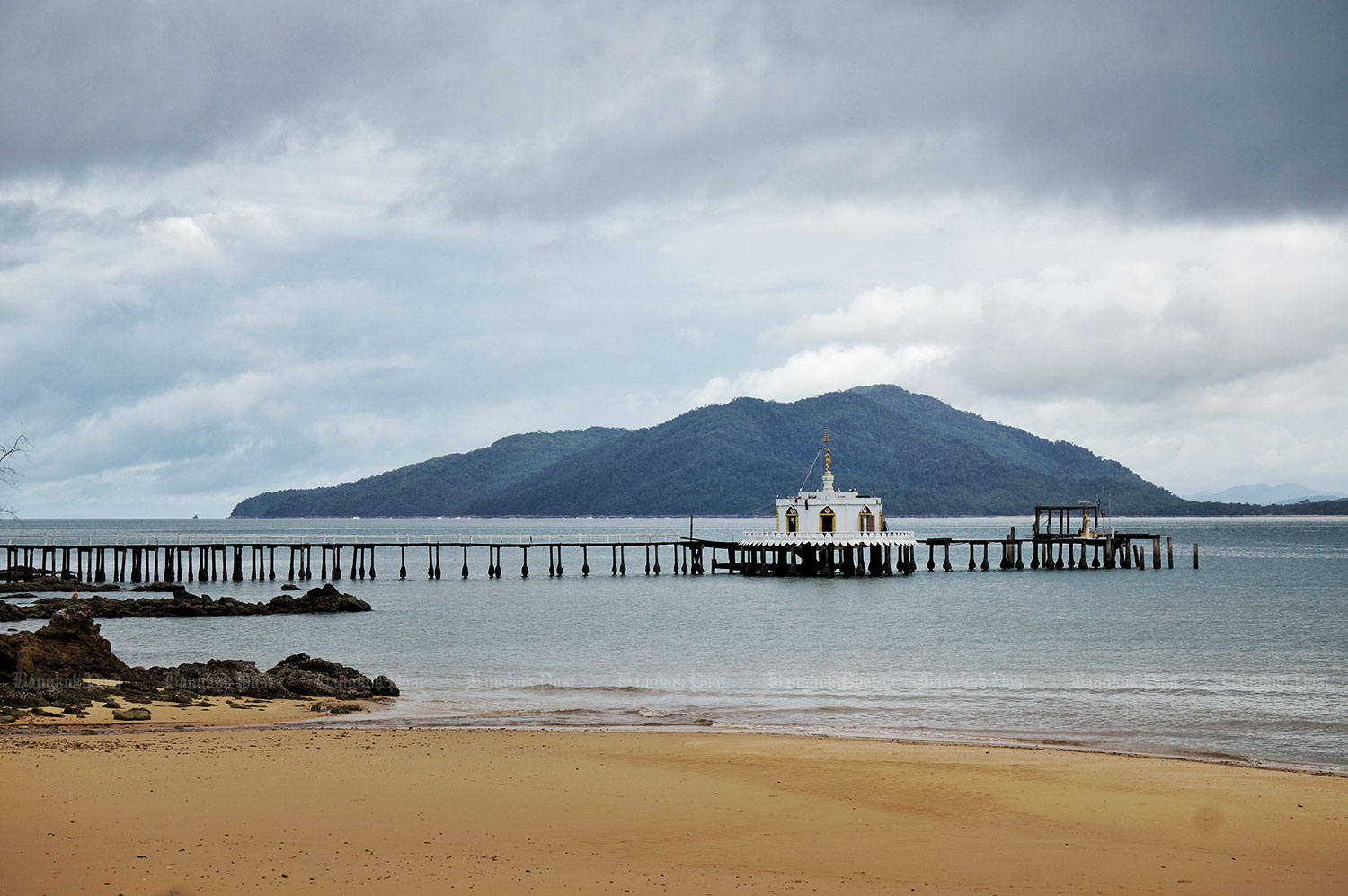

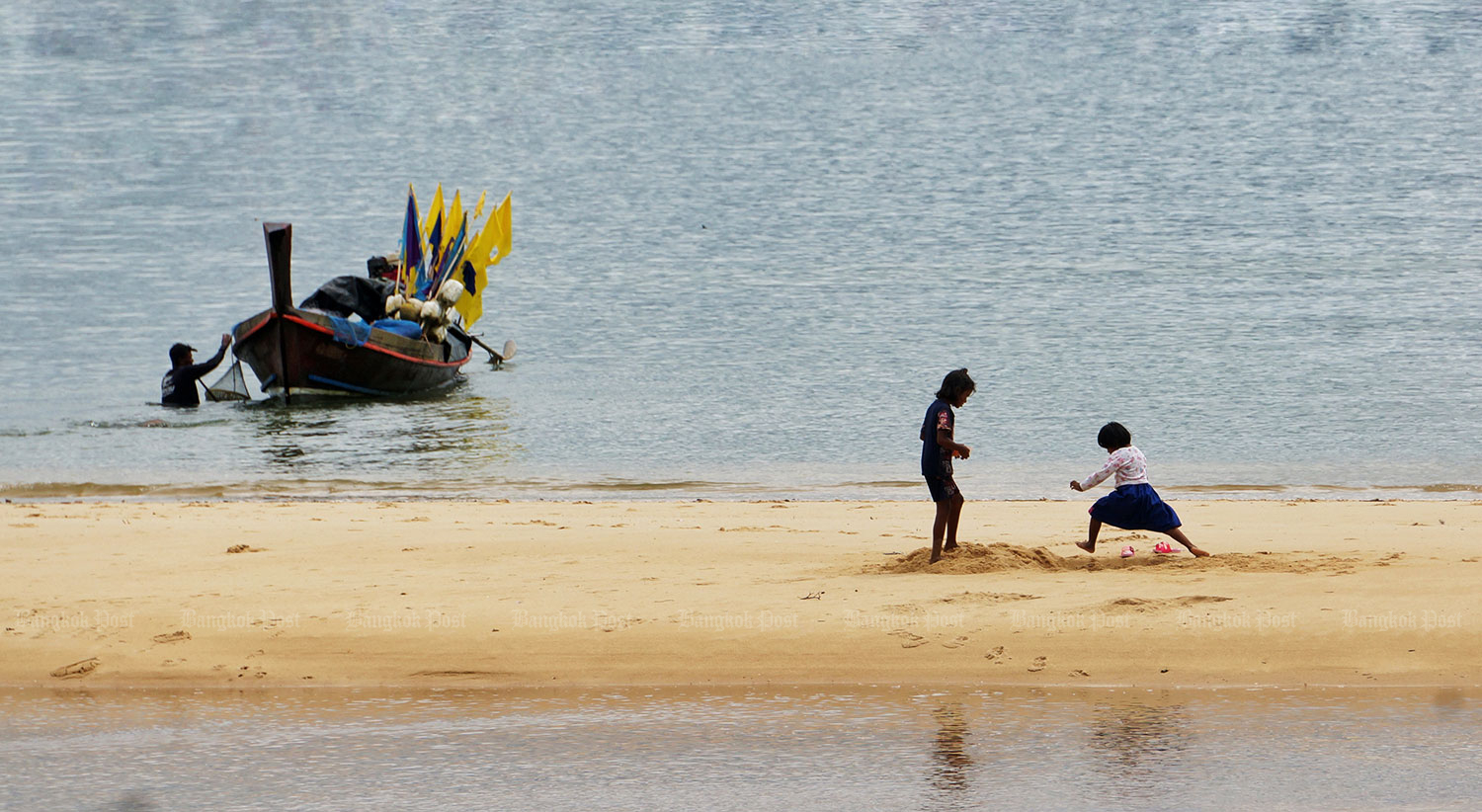

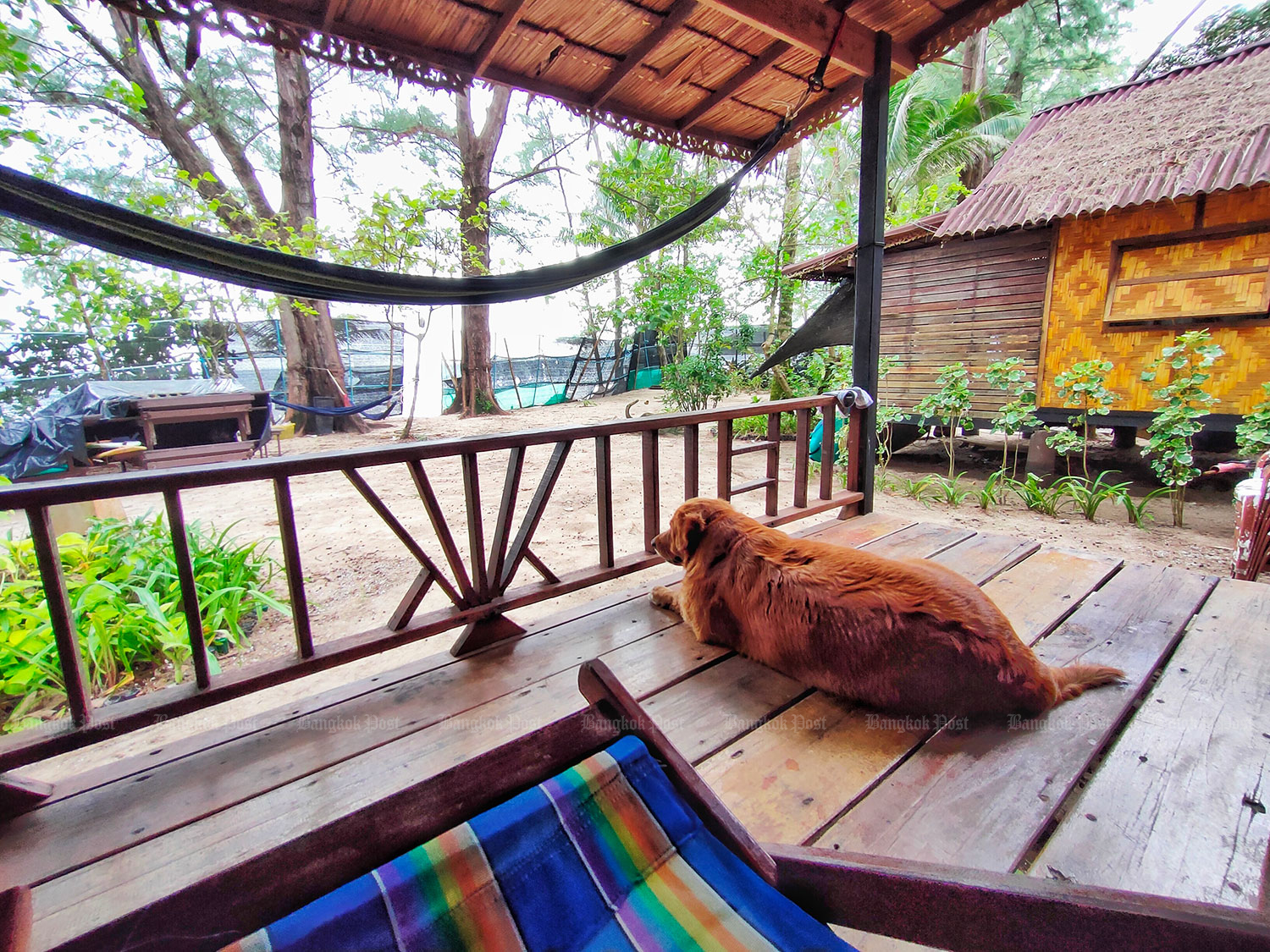

Unlike in many coastal provinces, the islands of Ranong have managed to maintain much of their natural and local charm, not overwhelmed by commercialism and mass tourism. On Koh Phayam, Ranong’s most popular island, for example, so many tourist accommodation is available on major beaches located on the west side of the island. But if you walk on the sandy strips in those areas, you’ll hardly notice the bungalows and restaurants, not only because they are low-rise but also because they are well hidden among the trees away from the open beaches. This is in stark contrast to Phuket, Koh Samui, Koh Lan and many other tourist islands including Koh Samet which, sad to say, is part of a national park. On Khao Khwai Bay, there is an exception. At a point near the beach’s north end, you can see a man-made structure, a bar, extending onto the beach. But maybe because of the fact that the rugged hippie-style buildings were made by putting together pieces of wood that were washed ashore, they do not look obtrusive. Also on the same beach but in the lower half is Hin Thalu, a group of eerie rocks that have been carved by erosion. It’s a famous photo spot for visitors. Another must-see in Koh Phayam is the iconic ubosot (ordination hall) of Wat Koh Phayam, which is built on stilts over the sea. It is located on the east side of the island, not far from the main pier.



Hornbills are regarded as a good indicator of the health of the natural surroundings. These birds nest in tree cavities and their presence usually means the area has enough large trees for them to thrive. On Koh Phayam, especially in the Khao Khwai Bay area, the Oriental pied hornbill can be spotted in large numbers. Of course, several other birds, as well as squirrels and other small animals, are not difficult to find. Even on the sandy beach, if you just sit and look around, you can enjoy observing cute creatures like crabs and dragonflies going about their daily life, not to mention beautiful seashells of various colours and patterns. Make sure you leave them where you find them so that other people can appreciate them, too.




Ranong has great potential to become a gastronomic destination. The city, with its huge fishery industry, boasts a tremendous supply of seafood and is home to many restaurants, some of which are decades-old. On Rueang Rat road, I dropped by one of those venerable eateries called J&T to try yao-ye, a Ranong-style salad, for the first time and loved it. A few minutes walk southward on the same road I stumbled into Prasertsong, an old-school ice cream shop that dates back more than half-a-century. The ice creams of all flavours (coconut, cocoa and durian), as well as all the toppings, were made at the humble shop. Next time I return to Ranong, Prasertsong would definitely be one of the first places I will visit. On Thawi Sinkha road, which runs parallel to Rueang Rat, I found a Muslim restaurant called Bang Ki Roti Arab where the roti was on par with that served at the famous Roti Nisara restaurant in tambon Ngao between the airport and the downtown area. And on Koh Phayam, I enjoyed great homemade bread and cakes at a family-run place called Japanese Bakery. I still miss their smoked salmon sandwich. In La-un, I looked on Google Maps for a place where I could have a quick but decent late lunch and found Pai Keao. That plate of crab fried rice I ordered was one of the best I’ve ever had. The bai liang phad kapi (stir-fried baegu leaves with shrimp paste) also was awesome and went very well with the fried rice. Normally, the leaves are stir-fried with egg. I never knew it could be cooked this way, too. Last but not least, on the way back from La-un to the city, the taxi driver recommended that I tried the coffee at a roadside cafe called Huai Khang Khao. I had a cup of hot latte and can happily recommend it, too.

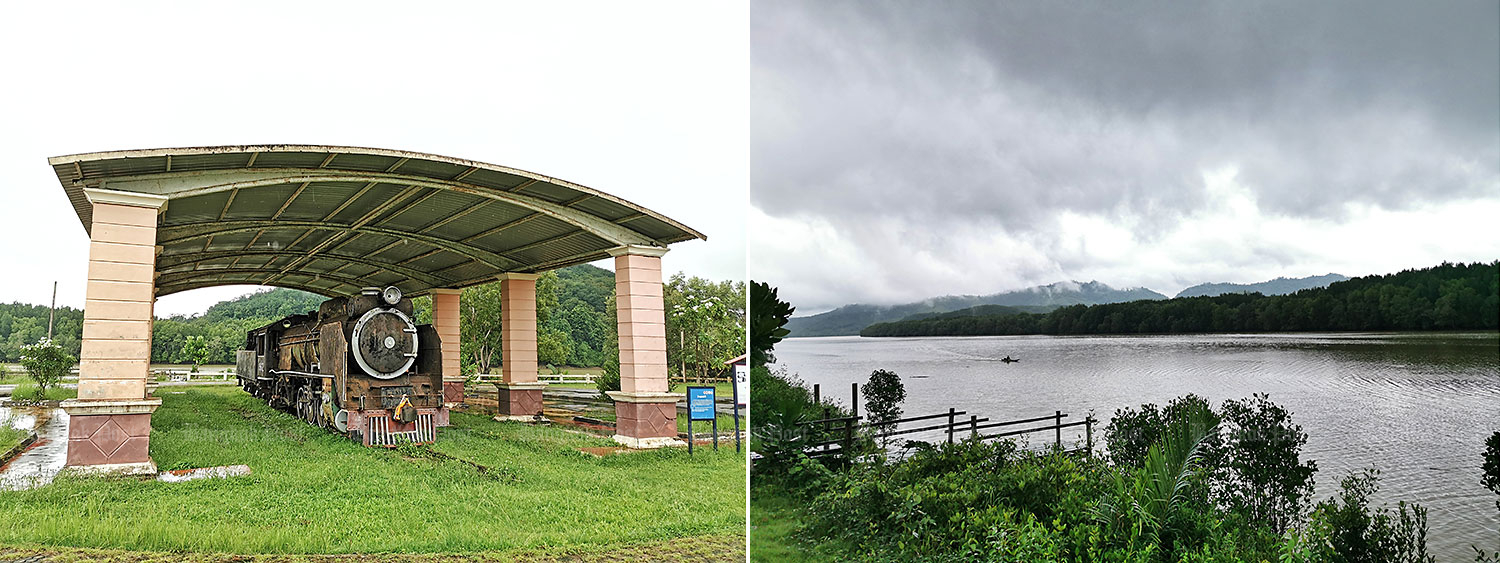
As soon as the boat I took from Koh Phayam reached shore, I hired a taxi to La-un district, 41km further north. I wanted to take an updated picture of the vista seen from the lookout point of Khao Fa Shi, hoping that by the time I reached the hilltop, the sky would clear up a bit. It turned out the entire area was covered with fog. The view I expected was hidden. The photo shown here was taken from my previous trip to the site in 2005. But I’m pretty certain it hasn’t changed much. I also revisited the old locomotive from World War II by Klong La-un. The vintage train now has a roof to protect it from the elements. The river, which meets the larger Kra Buri river that separates Thailand and Myanmar less than a kilometre downstream, was as serene as when I first saw it 15 years ago.

Ranong boasts some beautiful waterfalls. Among them are Namtok Punyaban of Lam Nam Kra Buri National Park northeast of the city and Namtok Ngao which lends its name to another park southeast of the city. The latter and one or two more on the same mountain range can be seen from Phu Khao Ya, a grass-covered hill that is another famous attraction of Ranong province. Thanks to the prolonged monsoon season, the waterfalls were at their best during my visit in mid-October.


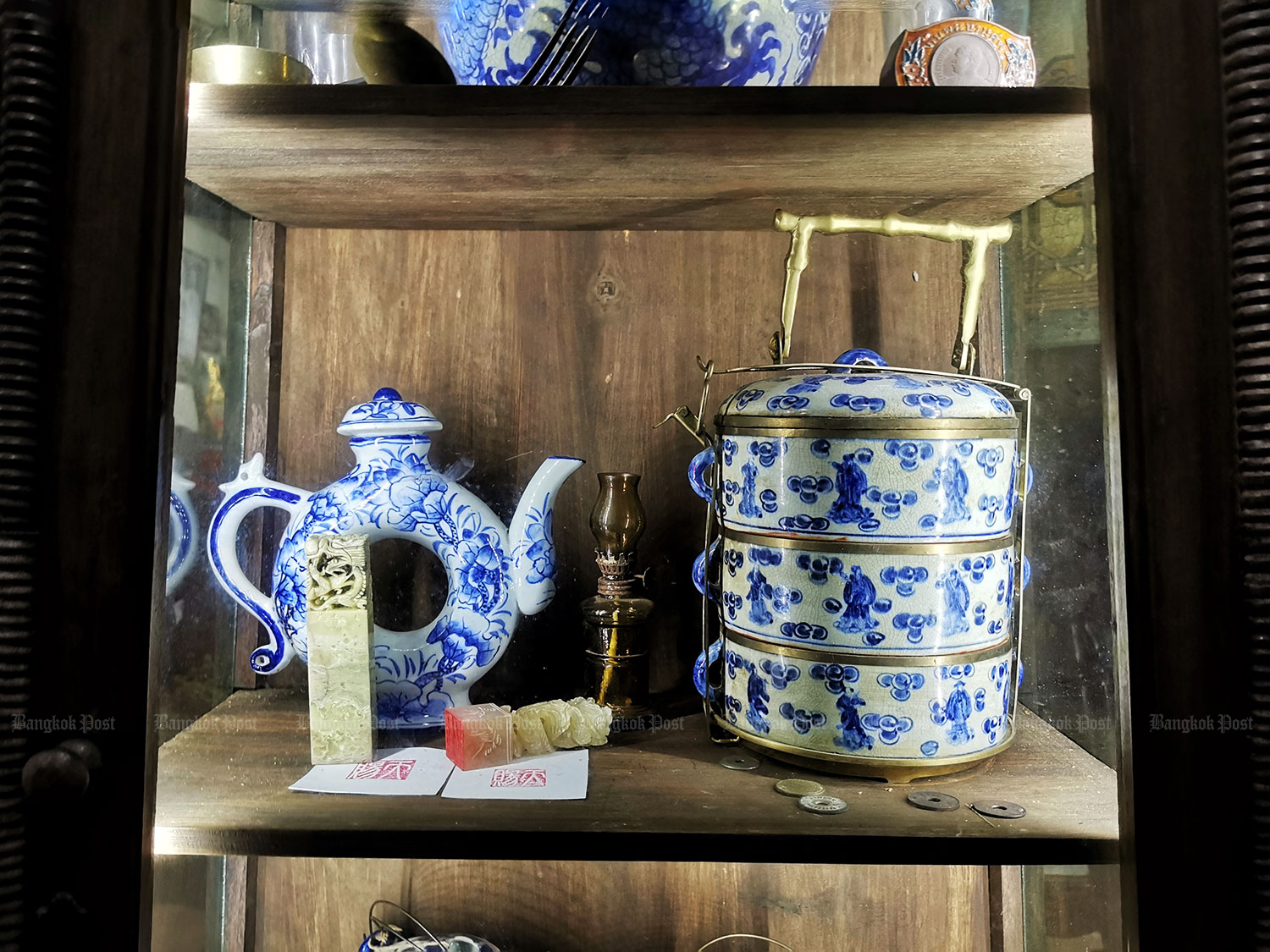
In Ranong city, there are quite a few heritage houses. This one called Ban Tian Sue on Pha Dat road near the provincial court is open to the public. Part of the house, which belongs to descendants of the Na Ranong family, now serves as a museum where visitors can not only learn about the role of this particular family in Siamese history but also enjoy a collection of antiques. Among the items on display, my favourite was the old wooden food cupboard, which was common in every household decades ago.


Apart from delicious roti and curries, waterfalls and mangrove forests, tambon Ngao in Ranong Muang district is a major hub of softshell crab farms. Villagers rent space in the pond for their floating crab cages. They keep a giant mud crab in each cage and wait until they molt. Before the new shell hardens the crab is harvested and sold. It may not sound humane but I love deep-fried softshell crabs. And I don’t think I’m the only one.
TRAVEL INFO
- The quickest way to reach Ranong from Bangkok is by air. The flight takes about an hour. From the airport to the downtown area, which is 23km north, you can take a taxi, a passenger van or a songthaew bus or rent a car.Another public transportation option, for now, are buses from Bangkok's Southern Bus Terminal. You simply hop on a bus in the evening and sleep. The next morning, you'll find yourself in the southern province. Hopefully, the project to extend the southern railway from Chumphon to Ranong will materialise soon.
- Reaching Koh Phayam from the mainland takes 35 minutes by speed boat (350 baht per person one way) and an hour and 45 minutes by a normal boat (200 baht). The service is available from 7.30am to 4.30pm. Return boats from Koh Phayam cost the same but are available until 5pm.
- In downtown Ranong, there are songthaew plying a number of routes. Just politely ask any of the friendly locals which one you should take.
- In case you need assistance while in Ranong, the following contacts may come in handy:Sin, a local guide, 081-271-2531Phong, taxi driver, 090-153-3016Khai, a songthaew driver, 081-086-2907Toen, boat and motorcycle rental service operator on Koh Phayam, 096-858-6097
- Keep in mind that it's best to communicate with them in Thai. So if you do not speak the language, ask a friend who does to help.
- During my latest trip to Ranong, I slept at three places. The first night was spent at A Day Inn Ranong, a cosy hostel in the downtown area converted from an old shophouse. The second night I stayed at Bamboo Bungalows on Koh Phayam's Ao Yai beach, and the last two nights at Dahla House not so far from the hostel because I needed more privacy and space to dry my wet clothes. All these accommodations are good value for money. They can easily be found on the internet.

